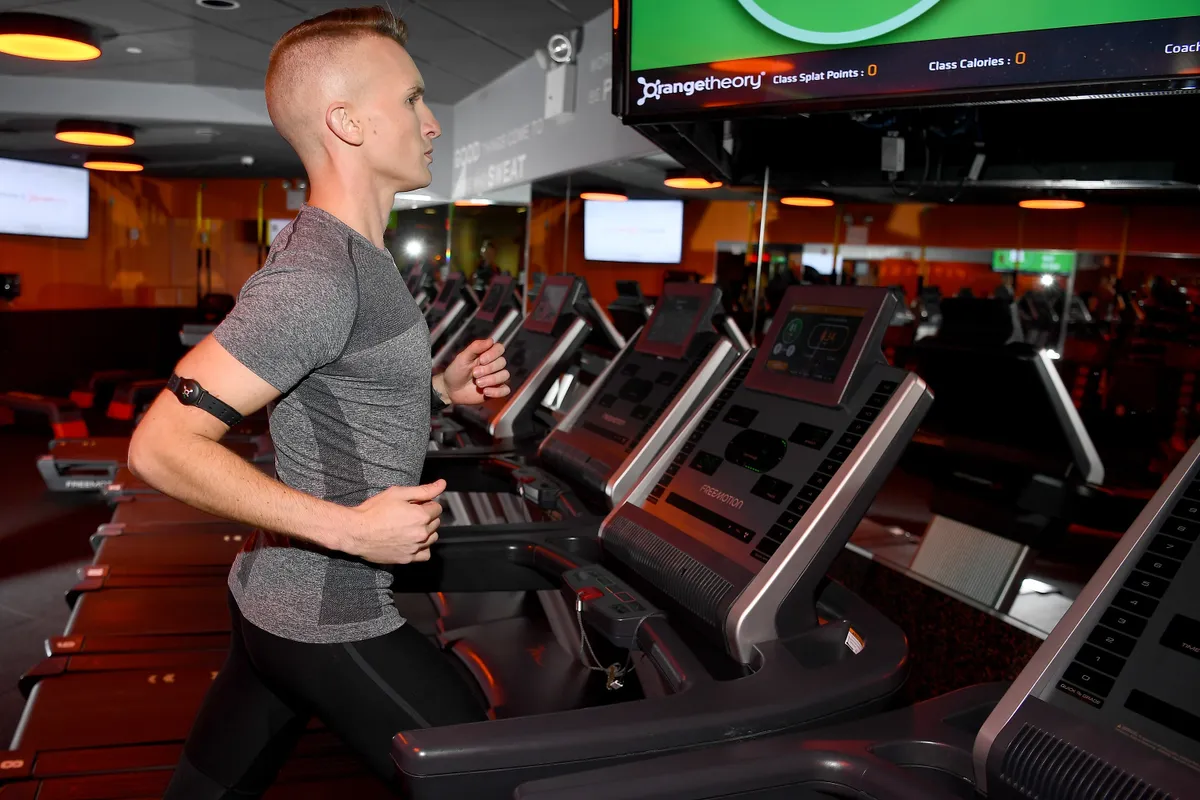Though some choose to measure fitness and performance on other indicators, such as pace or feel, heart rate has been a firm favourite of many when it comes to training aids.
But what exactly is a 'good' heart rate and what should you worry about when it comes to your resting heart rate? We chat to Dr Cath Spenser-Smith to find out...
What's a good resting heart rate?
Generally speaking, your average resting heart rate will be a reflection of your overall cardiovascular fitness, which has many variables.
Your GP will tell you that 72 beats per minute (bpm) is the average for a patient, but if you’re fitter then that number drops.
For example, an Olympic rower in their 20s might have a resting heart rate of under 40bpm, but a good level of fitness for your average marathoner might be around 50bpm. It’s only one indicator of fitness, however, so don't panic!
- The triathlete's complete guide to heart rate zone training
- Best heart rate zones for running
- Best heart rate training zones for cycling
- Why is my heart rate high on easy runs?
How can you measure your resting heart rate?

You don’t need any fancy equipment to measure your heart rate – you can easily find your radial pulse on the inside of your wrist with your opposite index and middle fingers.
Simply count the number of beats felt in one minute first thing in the morning, before you've moved around much for gotten out of bed.
Of course, you can also make it super-easy by using the app on your smartwatch or use a heart rate monitor when you train, though bear in mind that not all monitors are made equal!
If you’re interested in assessing your cardiovascular fitness levels, ‘sub-maximal’ exercise tests (on a bike/ treadmill/track) are simple to perform, or you can get an in-depth assessment with an exercise physiologist.
When should you be worried about your resting heart rate?
If your resting heart rate shows an elevation day to day, it can be a sign of overtraining, so it’s still useful to measure it.
Very fast heart rates (e.g. well above 200bpm) tend be associated with an abnormal heart rhythm, such as ventricular tachycardia.
Most of time if we’re in a hard training session, we’ll top out at a maximal rate, which gets lower as we age.
You may have heard of the equation of ‘220 minus your age’ as being a predictor for maximal heart rate for your age, but this hasn’t really borne out in the science to be very accurate and genetics may have a role to play, too.
In fact, did you know that this 220 calculation actually bore conception to the 220 Triathlon name?
If you have a very elevated heart rate at rest, palpitations, breathlessness, or chest or arm pain with exercise, these are signs of a potential cardiac problem, so get it checked out – especially if you have a family history of cardiac issues.
Top image credit: Towfiq Barbhuiya/Unsplash
